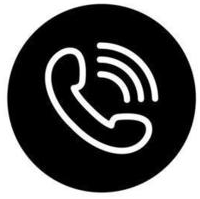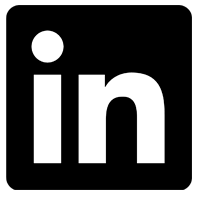

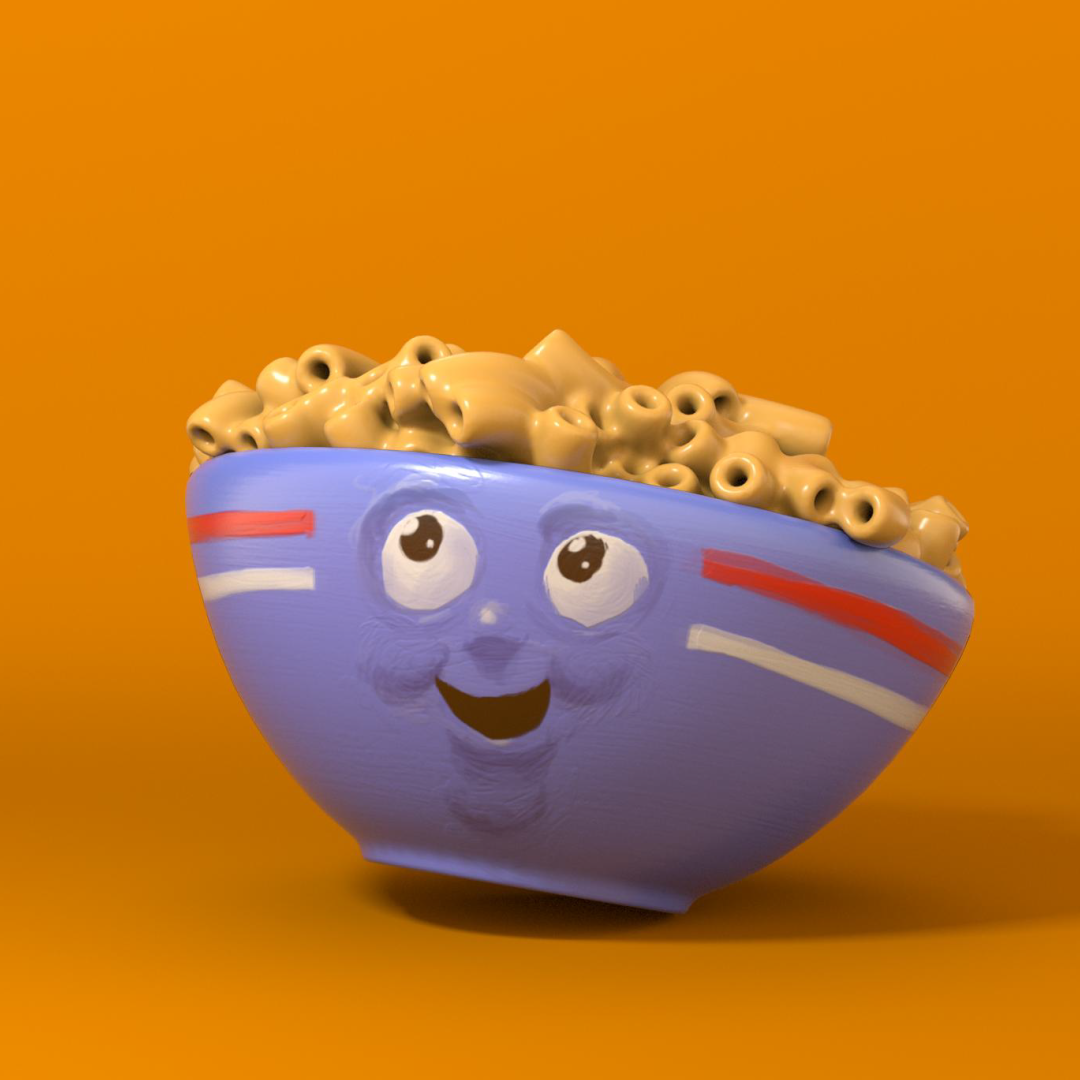
I designed these characters for a pitch for Annie's Organic Foods. The concept was that the ad would be executed in a Stop Motion animation style with all the characters being made of plastics and ceramics.
I designed these characters for a pitch for Annie's Organic Foods. The concept was that the ad would be executed in a Stop Motion animation style with all the characters being made of plastics and ceramics.
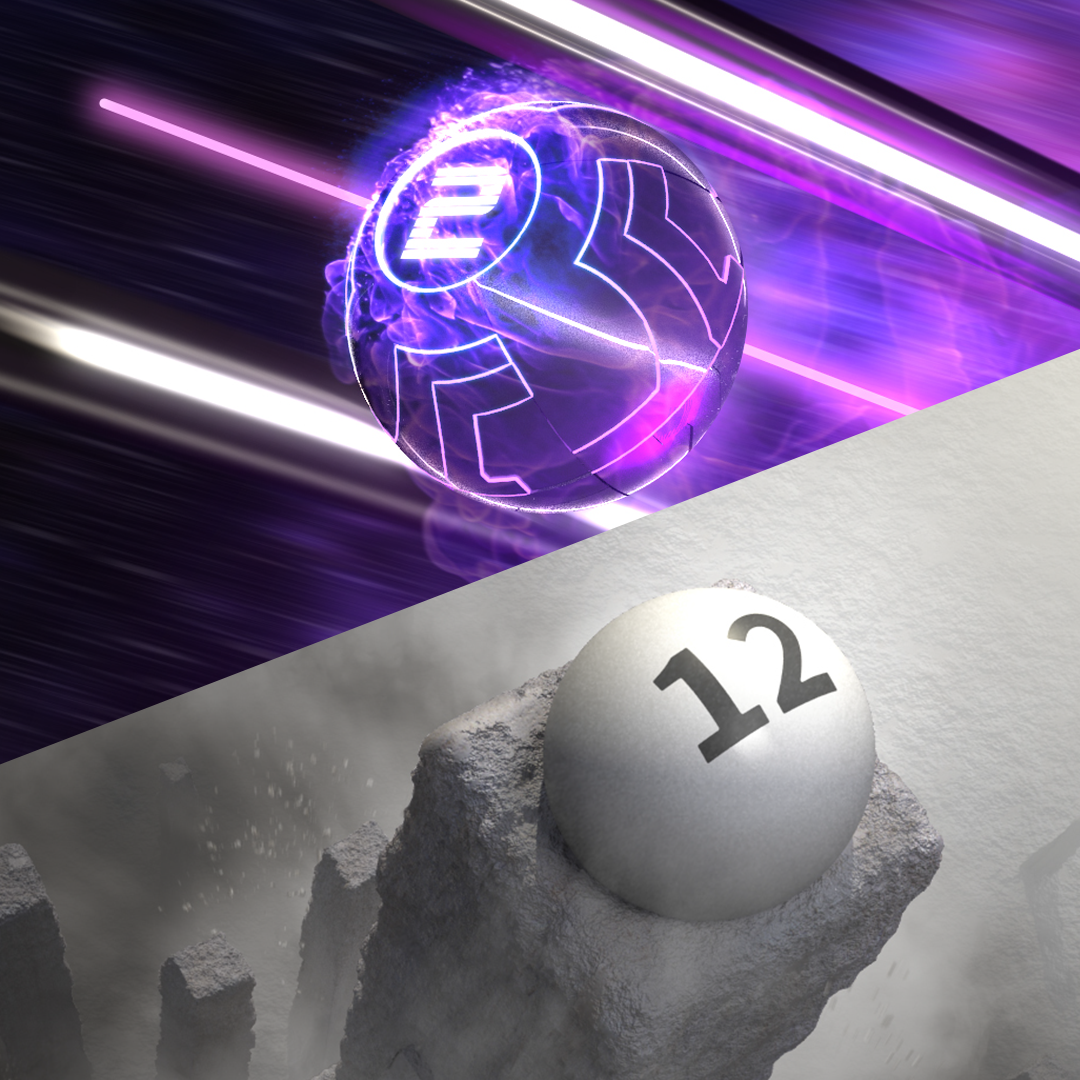
These are 2 pitches I created for the Tennessee State Lottery both of these were to serve as animations that announce the winning numbers. The agency asked us to really push for a high concept reimagining of a typical lottery number reveal.
These are 2 pitches I created for the Tennessee State Lottery both of these were to serve as animations that announce the winning numbers. The agency asked us to really push for a high concept reimagining of a typical lottery number reveal.
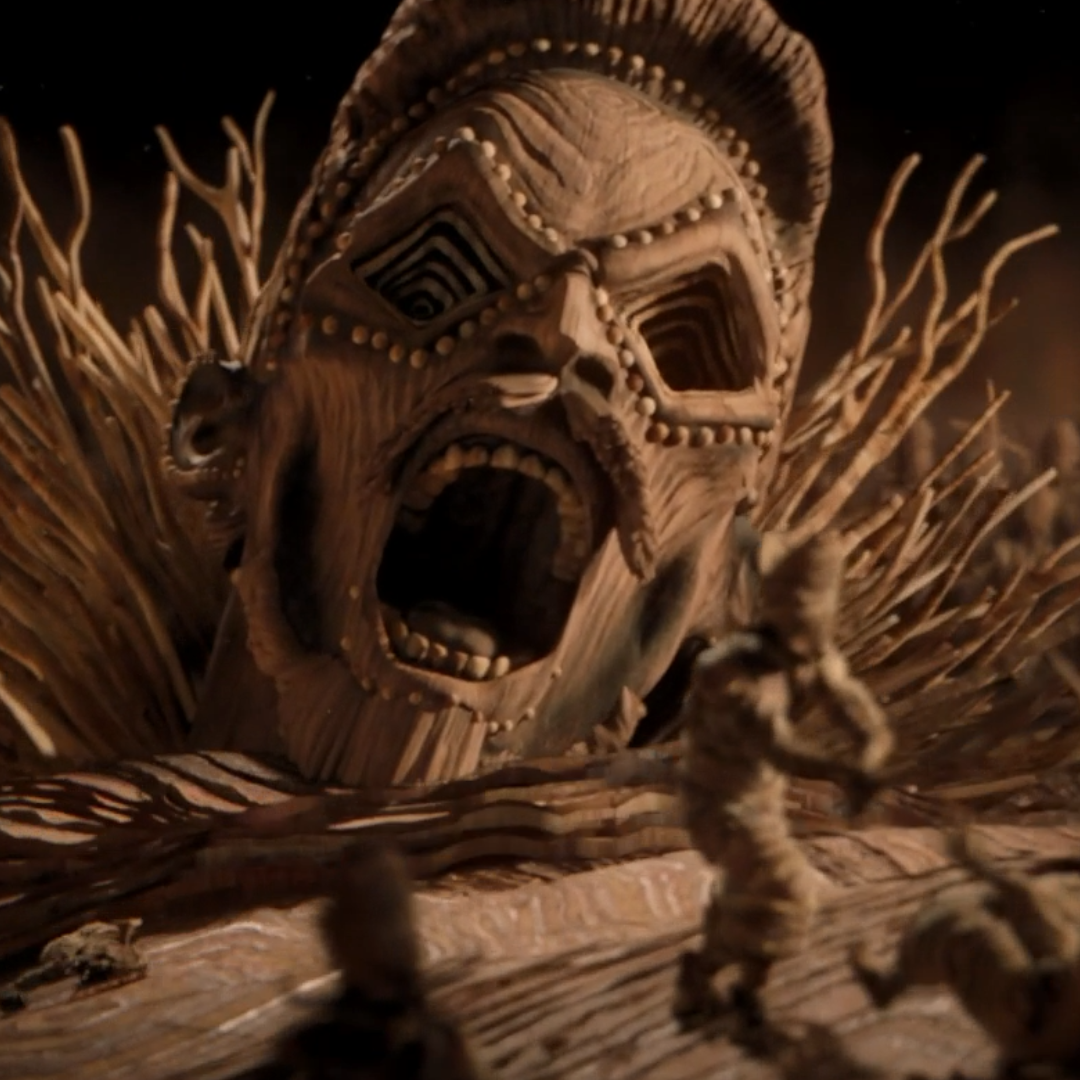
For the Peter Pan Prequel "Pan" Director: Andrew Thomas Huang and production studio Wolf and Crow were asked to create an animation that explained the history of the world and the origins of Peter Pan.
I was fortunate enough to be invited to contribute. I initially helped out with previs, conforming a number of shots that had been created early in pre-production and building shots that allowed them to cut together.
The visual style of this spot was constantly evolving so there ended up being a great deal of R&D,
I refined the look of the "Jitter" that was added to all the animation and wrote tools in Maya that would allow the animators to apply it procedurally.
I built the scorched wood shader, seen on most surfaces, by combining textures that artists were already painting with a wood material that was a combination of images and procedural textures.
I also executed final lighting on most of the shots and built the preset render layers we used to send all of our render elements to comp.
You can watch the entire sequence HERE.
For the Peter Pan Prequel "Pan" Director: Andrew Thomas Huang and production studio Wolf and Crow were asked to create an animation that explained the history of the world and the origins of Peter Pan.
I was fortunate enough to be invited to contribute. I initially helped out with previs, conforming a number of shots that had been created early in pre-production and building shots that allowed them to cut together.
The visual style of this spot was constantly evolving so there ended up being a great deal of R&D,
I refined the look of the "Jitter" that was added to all the animation and wrote tools in Maya that would allow the animators to apply it procedurally.
I built the scorched wood shader, seen on most surfaces, by combining textures that artists were already painting with a wood material that was a combination of images and procedural textures.
I also executed final lighting on most of the shots and built the preset render layers we used to send all of our render elements to comp.
You can watch the entire sequence HERE.

When this job was awarded Clutch Studios specialized in highly technical hard surface imagery, so we were excited at the change of pace that this short promo for an Australian licorice brand offered. I served as the studio side creative director and also executed the final shot.
Everything in this ad is 100% CG. So there ended up being quite a lot of complex simulation and shading the get this spot to final.
On my last day at Clutch the team shared the last of the licorice, that the client had sent over as reference, 2 years prior...it was still pretty good.
When this job was awarded Clutch Studios specialized in highly technical hard surface imagery, so we were excited at the change of pace that this short promo for an Australian licorice brand offered. I served as the studio side creative director and also executed the final shot.
Everything in this ad is 100% CG. So there ended up being quite a lot of complex simulation and shading the get this spot to final.
On my last day at Clutch the team shared the last of the licorice, that the client had sent over as reference, 2 years prior...it was still pretty good.
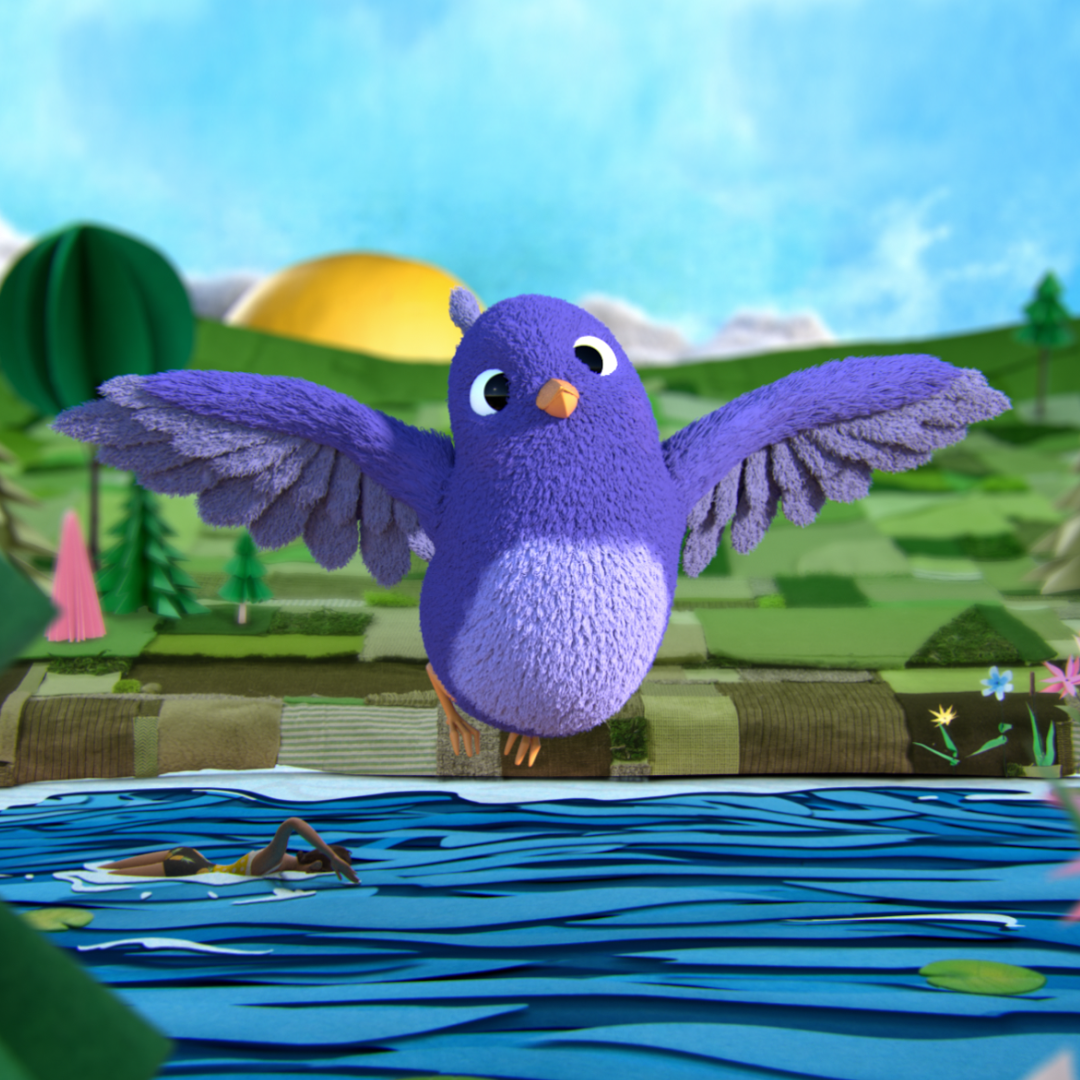
About 2 months after I stated at Vitamin Pictures as the CG Supervisor and just as I was finishing the MVP of our Pipeline. The opportunity to do this ad came through the door. Vitamin had a small team with incredibly diverse skill sets, and the scope of this ad meant that everyone had to chip in. So outside of this being the maiden voyage of our new file management system, we also had to integrate visual elements from a number of different sources. The backgrounds were all build by hand out of paper, felt, and cardboard They were then photographed and projected on to simple geometry. The humans and hard surface elements were rendered in Maya and V-ray (the studio's primary tool set) and all the fuzzy objects like the bird and the whale were groomed in Houdini and rendered in mantra. We did some very detailed previz to get this all to fit together but there was also a ton of "Comp Magic" to get all the elements to feel like a part of a single world. You can watch the entire spot HERE.
About 2 months after I stated at Vitamin Pictures as the CG Supervisor and just as I was finishing the MVP of our Pipeline. The opportunity to do this ad came through the door. Vitamin had a small team with incredibly diverse skill sets, and the scope of this ad meant that everyone had to chip in. So outside of this being the maiden voyage of our new file management system, we also had to integrate visual elements from a number of different sources. The backgrounds were all build by hand out of paper, felt, and cardboard They were then photographed and projected on to simple geometry. The humans and hard surface elements were rendered in Maya and V-ray (the studio's primary tool set) and all the fuzzy objects like the bird and the whale were groomed in Houdini and rendered in mantra. We did some very detailed previz to get this all to fit together but there was also a ton of "Comp Magic" to get all the elements to feel like a part of a single world. You can watch the entire spot HERE.
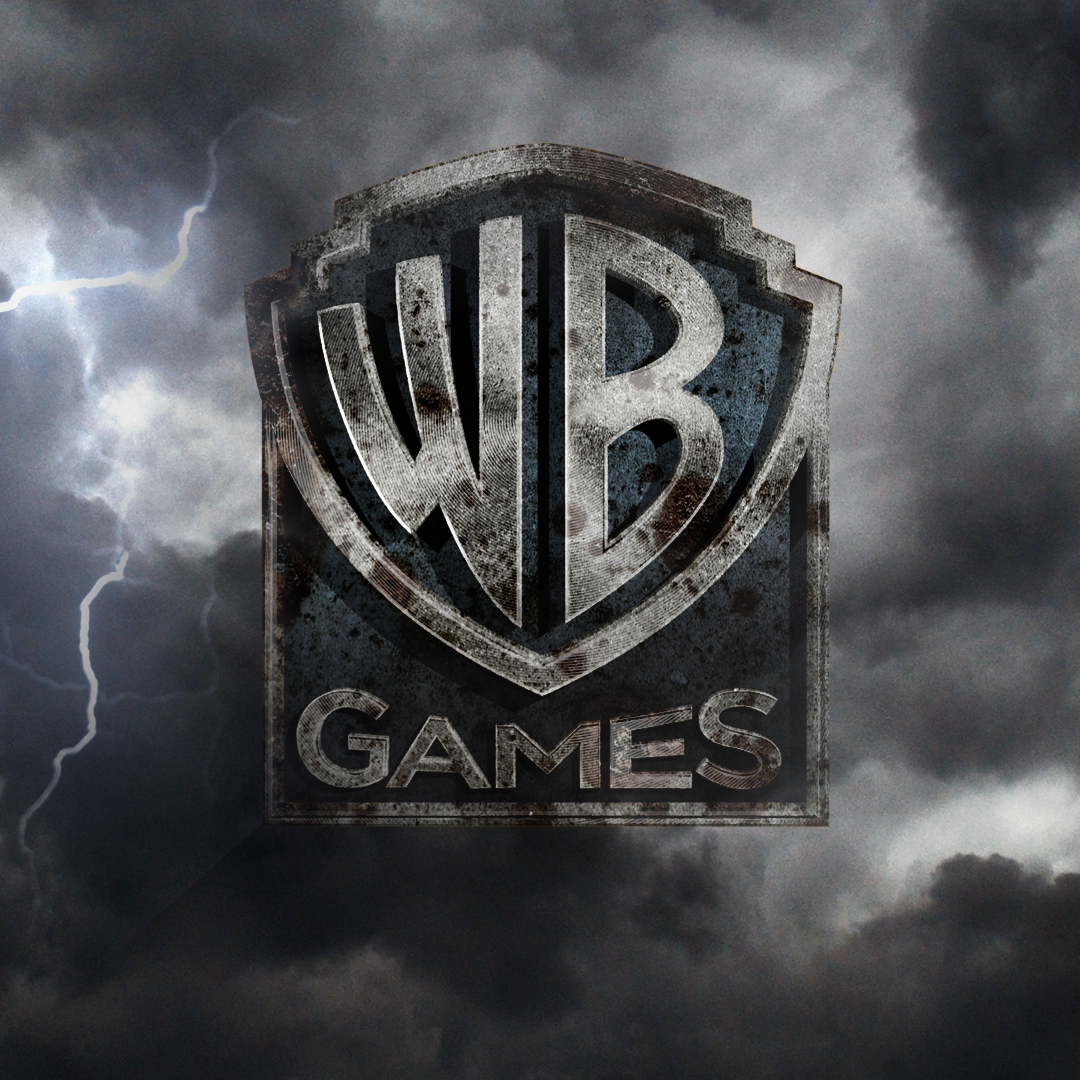
These are style frames I created for a "Lord of the Rings" video game called "Revenant". The Game was ultimately canceled but they liked the boards!
These are style frames I created for a "Lord of the Rings" video game called "Revenant". The Game was ultimately canceled but they liked the boards!

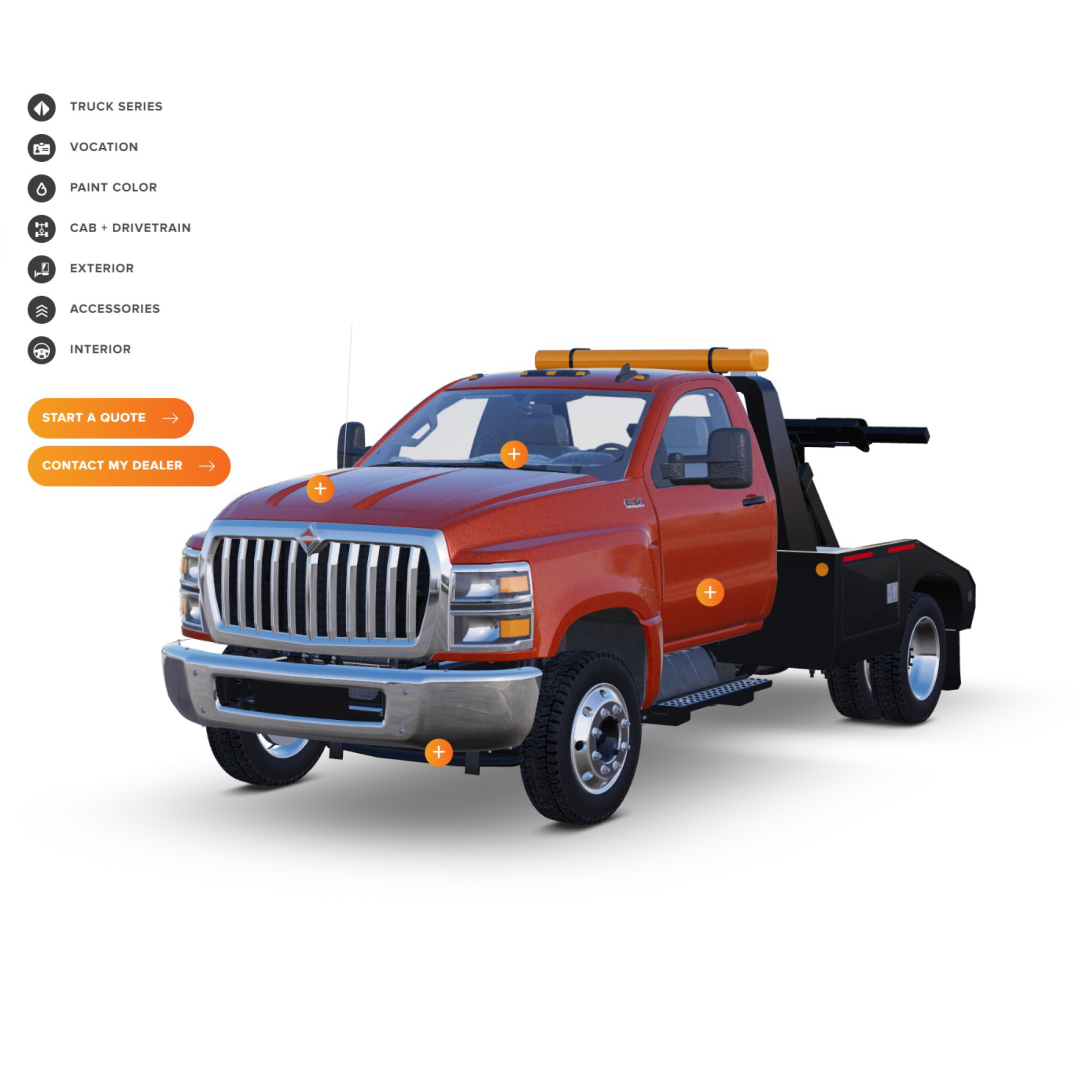
International makes highly customizable trucks for commercial use. These trucks have so many unique configurations that there are literally millions of possibilities.
At Clutch Studios I worked with our product expert to build a data driven system that could describe any truck using json. That data could then be brought into our 3D apps to assemble trucks. We initially used this tool for offline renders but I strongly felt this had realtime applications.
Utilizing ThreeJS we built a prototype and successfully pitched a data driven realtime configurator to International.
Comprising of hundreds of parts and shaders the system is now used as a tool on their website for all but one of their trucks. In 2023 The CSS Design Awards recognized the site for UI Design, UX Design, and Innovation.
Build your Own Here!
International makes highly customizable trucks for commercial use. These trucks have so many unique configurations that there are literally millions of possibilities.
At Clutch Studios I worked with our product expert to build a data driven system that could describe any truck using json. That data could then be brought into our 3D apps to assemble trucks. We initially used this tool for offline renders but I strongly felt this had realtime applications.
Utilizing ThreeJS we built a prototype and successfully pitched a data driven realtime configurator to International.
Comprising of hundreds of parts and shaders the system is now used as a tool on their website for all but one of their trucks. In 2023 The CSS Design Awards recognized the site for UI Design, UX Design, and Innovation.
Build your Own Here!
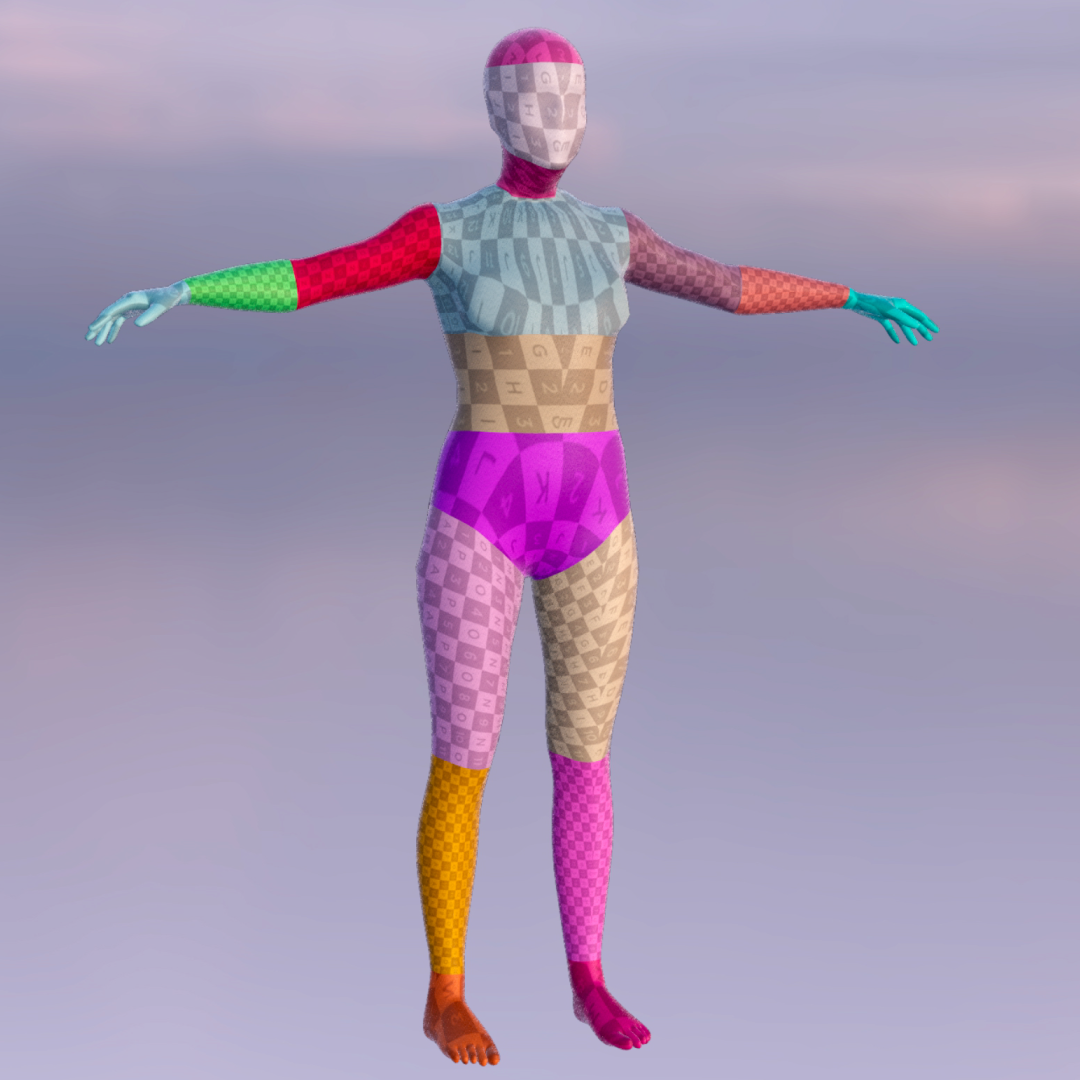
Hypothetic was a start-up that endeavored to use AI to speed up 3D workflows and reduce the technical barriers artists face when creating 3D.
We had a need for characters that we could train our AI models on and provide as assets to users. I built a system in Houdini that produced thousands of rigged characters with matching UVs, and clean, subdivisible topology
We started with Hero characters that were converted into SDF volumes. A prebuilt bone system was fit to the volume by an artist. The system would then procedurally build a base mesh that fit the proportions of the hero. That base mesh was deformed with the SDF data to fit the mesh to the Hero's form. The delta is then stored as displacement map. The result was a character than could be expressed with relatively few parameters and could be blended with any other character that was created using this system.
On the Left is an example of a dataset created using this data. it blends between each of the Heros and randomizes the proportions slightly to maximize possible variety.
Hypothetic was a start-up that endeavored to use AI to speed up 3D workflows and reduce the technical barriers artists face when creating 3D.
We had a need for characters that we could train our AI models on and provide as assets to users. I built a system in Houdini that produced thousands of rigged characters with matching UVs, and clean, subdivisible topology
We started with Hero characters that were converted into SDF volumes. A prebuilt bone system was fit to the volume by an artist. The system would then procedurally build a base mesh that fit the proportions of the hero. That base mesh was deformed with the SDF data to fit the mesh to the Hero's form. The delta is then stored as displacement map. The result was a character than could be expressed with relatively few parameters and could be blended with any other character that was created using this system.
On the Left is an example of a dataset created using this data. it blends between each of the Heros and randomizes the proportions slightly to maximize possible variety.
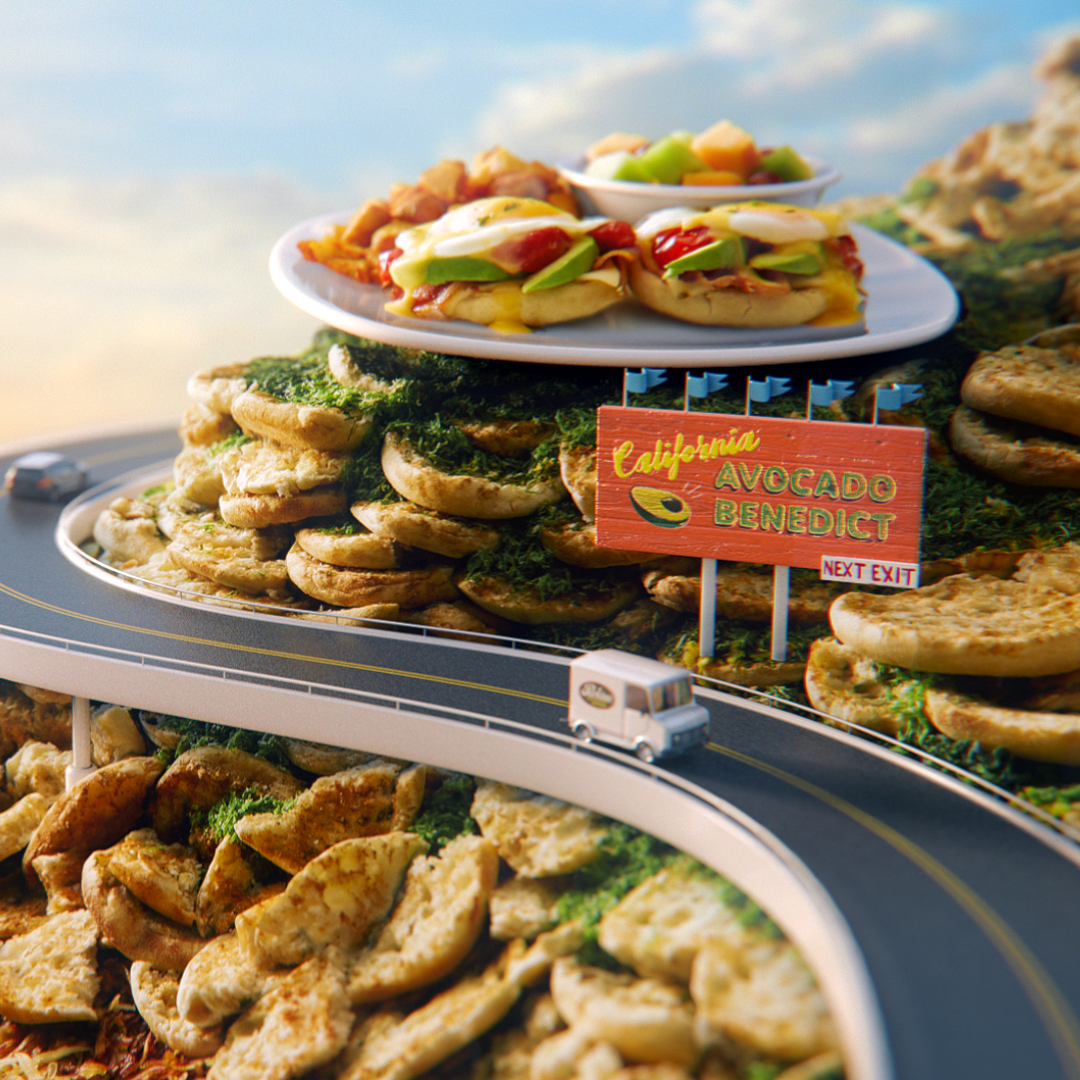
The concept of this ad was that a Perkins delivery truck would drive across a united states that is made almost entirely of food and some Perkin's signature dishes would be monuments that the truck passes along the way.
CG food is notoriously difficult and the art direction required to make these landscapes look both credible and appetizing was going to require more collaboration than would be possible with CG.
We felt we could build the sets practically but we were worried about shooting slow graceful camera moves at such a small scale.
I developed a technique in which we hired a crew to do a still photoshoot. The client and agency could be on set and work with the photographer and stylist to get the perfect image for each scene. Once the Hero image was shot and approved, the food landscapes were shot from hundreds of angles and the set was rebuilt with photogrammetry. After the Shoot was wrapped we projected the approved photo onto the scanned geometry from the hero camera angle and were able to blend approved photography with scan data we could then animate camera moves and CG elements in Maya. The added benefit was that all the CG elements got GI and reflections from the scan making the CG incredibly easy to integrate with the photography.
The agency and clients loved the look so much that we ended up making 2 more ads with this technique.
You can watch the entire ad Here.
The concept of this ad was that a Perkins delivery truck would drive across a united states that is made almost entirely of food and some Perkin's signature dishes would be monuments that the truck passes along the way.
CG food is notoriously difficult and the art direction required to make these landscapes look both credible and appetizing was going to require more collaboration than would be possible with CG.
We felt we could build the sets practically but we were worried about shooting slow graceful camera moves at such a small scale.
I developed a technique in which we hired a crew to do a still photoshoot. The client and agency could be on set and work with the photographer and stylist to get the perfect image for each scene. Once the Hero image was shot and approved, the food landscapes were shot from hundreds of angles and the set was rebuilt with photogrammetry. After the Shoot was wrapped we projected the approved photo onto the scanned geometry from the hero camera angle and were able to blend approved photography with scan data we could then animate camera moves and CG elements in Maya. The added benefit was that all the CG elements got GI and reflections from the scan making the CG incredibly easy to integrate with the photography.
The agency and clients loved the look so much that we ended up making 2 more ads with this technique.
You can watch the entire ad Here.
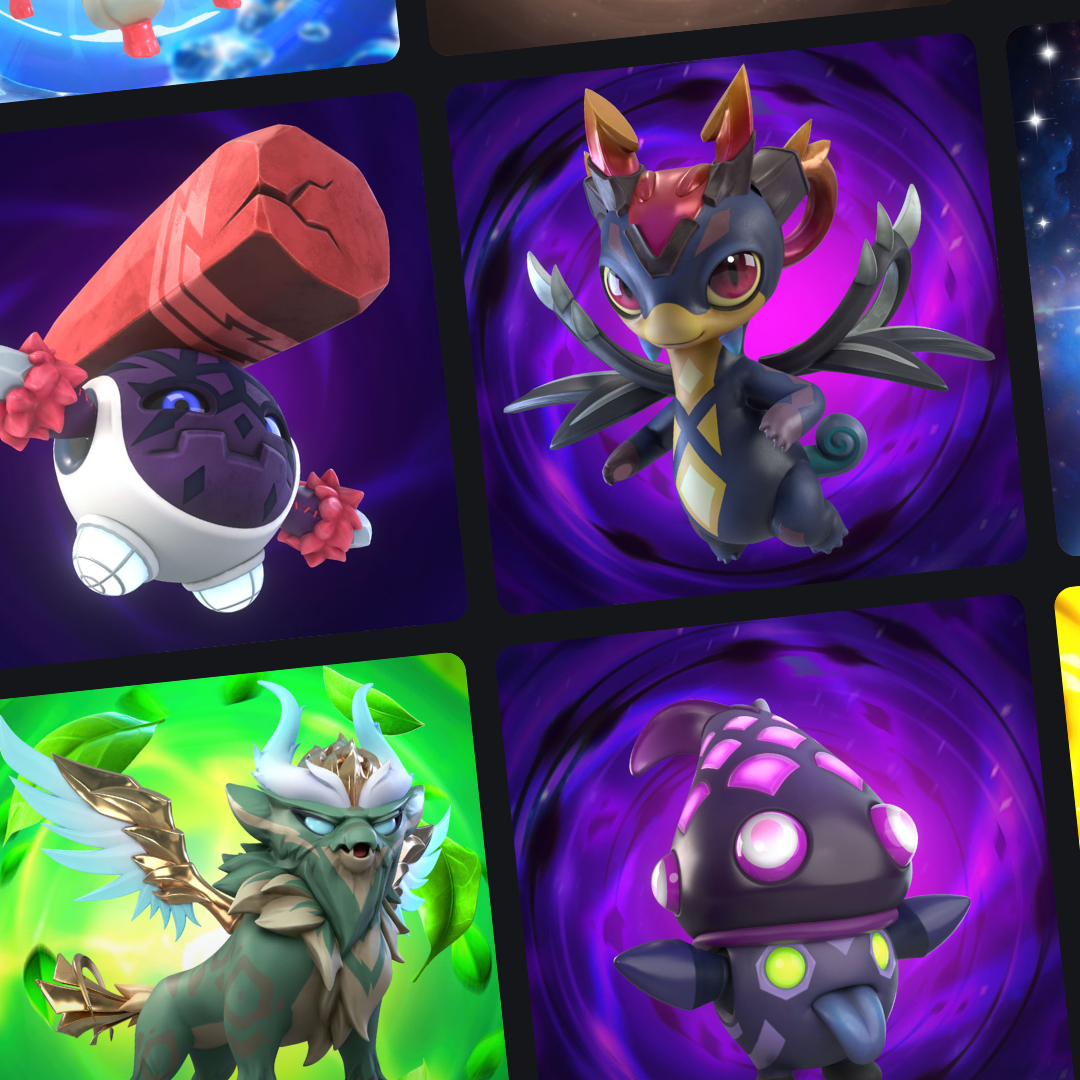
RTFKT is a creative studio known for(among other things) their CloneX NFT collection.
When launching Animus, the next phase of CloneX, they turned to Hypothetic, where I was serving as the Creative Technical Director. They had designed 40 characters each with hundreds of parts. These parts needed to be combine to make 20,000 unique NFTs. RTFKT wanted to be able to control how rare each part was in the collection while ensuring that incompatible parts never appear together all while guaranteeing there were no duplicate characters
In Houdini I built a suite of HDAs that ingested each part from the RTFKT pipeline with a rig and PBR textures, it then converted the part description into point data. Now that a character could be expressed with a single point, thousands of characters could be generated in parallel while controlling the likelihood that each part would appear. Rules could then be applied to these points so undesirable combinations of parts would be deleted. At any stage a duplicate culling node could be used to ensure no part combination appeared more than one time.
In the end the parts could be loaded based on a cache of point data and a character could be rendered in Redshift or exported as a GLB.
We used the Houdini system to create the first characters and were able to use it as a prototype for a web based app that eventually allowed RTFKT generate characters themselves.
RTFKT is a creative studio known for(among other things) their CloneX NFT collection.
When launching Animus, the next phase of CloneX, they turned to Hypothetic, where I was serving as the Creative Technical Director. They had designed 40 characters each with hundreds of parts. These parts needed to be combine to make 20,000 unique NFTs. RTFKT wanted to be able to control how rare each part was in the collection while ensuring that incompatible parts never appear together all while guaranteeing there were no duplicate characters
In Houdini I built a suite of HDAs that ingested each part from the RTFKT pipeline with a rig and PBR textures, it then converted the part description into point data. Now that a character could be expressed with a single point, thousands of characters could be generated in parallel while controlling the likelihood that each part would appear. Rules could then be applied to these points so undesirable combinations of parts would be deleted. At any stage a duplicate culling node could be used to ensure no part combination appeared more than one time.
In the end the parts could be loaded based on a cache of point data and a character could be rendered in Redshift or exported as a GLB.
We used the Houdini system to create the first characters and were able to use it as a prototype for a web based app that eventually allowed RTFKT generate characters themselves.
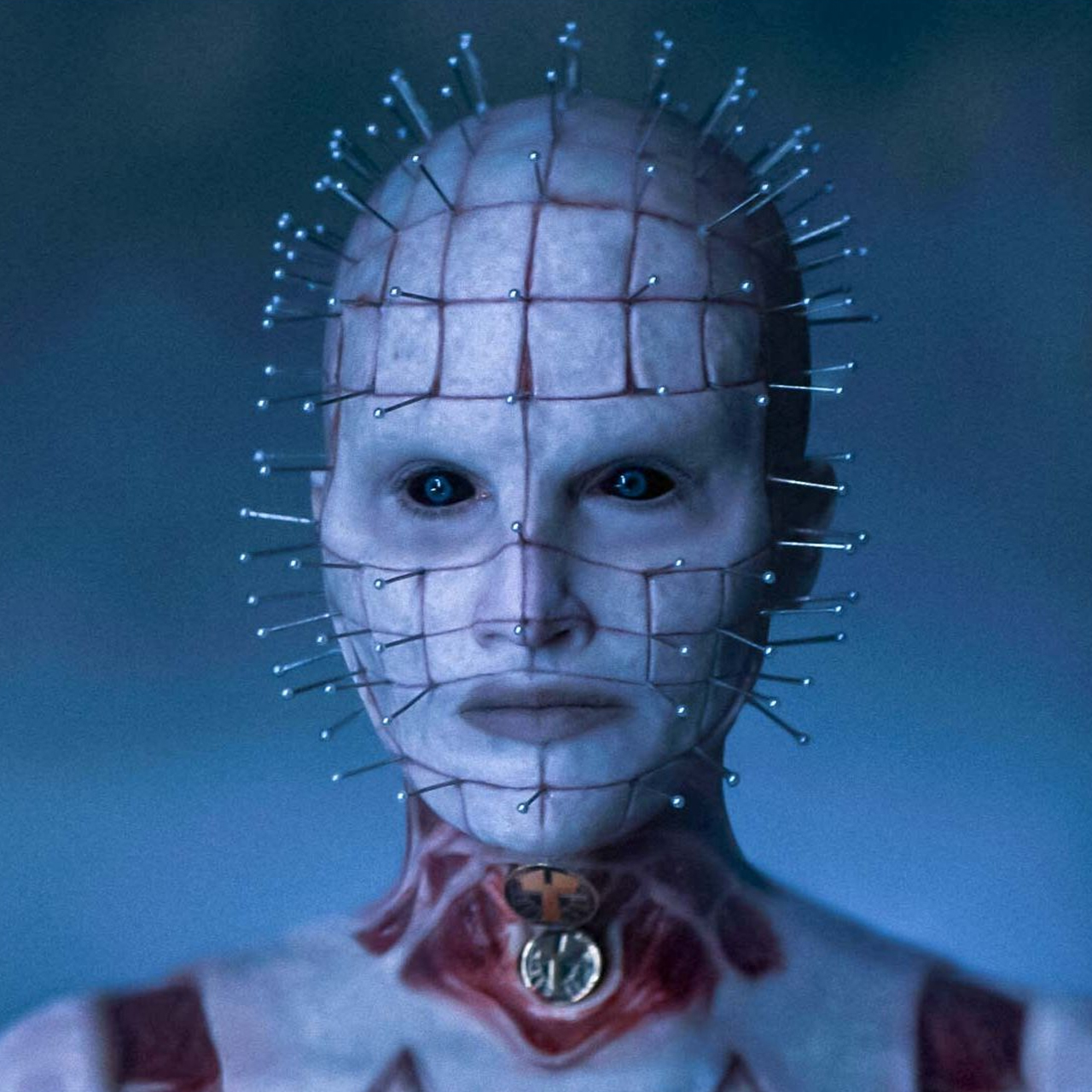
One of the highlights of my time at Ingenuity Studios was getting to be CG Lead on the Hellraiser reboot. This consisted of a wide variety of shots most of which involved dimensional portals opening and people getting eviscerated by chains, all pretty conventional.
A unique challenge on this show was the transformations of the Puzzle Box. It had several configurations that shared almost nothing in common in terms of shape or markings. The box needed to transform from one configuration to another, but no one was exactly sure how that was going to work.
I built a workflow in Houdini and Maya in which we baked a 3D scan of each configuration into very simple geometry with UVs and a black and white texture. We could then send this to a Maya artist that could slice and animate the geo anyway they liked. We could quickly iterate and share tests with the director to get a feel for what worked for them. When the animation was approved the sliced up asset was repainted in Substance and then rendered in Houdini.
This process allowed us to quickly explore animation possibilities without complex rigging or rigidly planned animation.
One of the highlights of my time at Ingenuity Studios was getting to be CG Lead on the Hellraiser reboot. This consisted of a wide variety of shots most of which involved dimensional portals opening and people getting eviscerated by chains, all pretty conventional.
A unique challenge on this show was the transformations of the Puzzle Box. It had several configurations that shared almost nothing in common in terms of shape or markings. The box needed to transform from one configuration to another, but no one was exactly sure how that was going to work.
I built a workflow in Houdini and Maya in which we baked a 3D scan of each configuration into very simple geometry with UVs and a black and white texture. We could then send this to a Maya artist that could slice and animate the geo anyway they liked. We could quickly iterate and share tests with the director to get a feel for what worked for them. When the animation was approved the sliced up asset was repainted in Substance and then rendered in Houdini.
This process allowed us to quickly explore animation possibilities without complex rigging or rigidly planned animation.
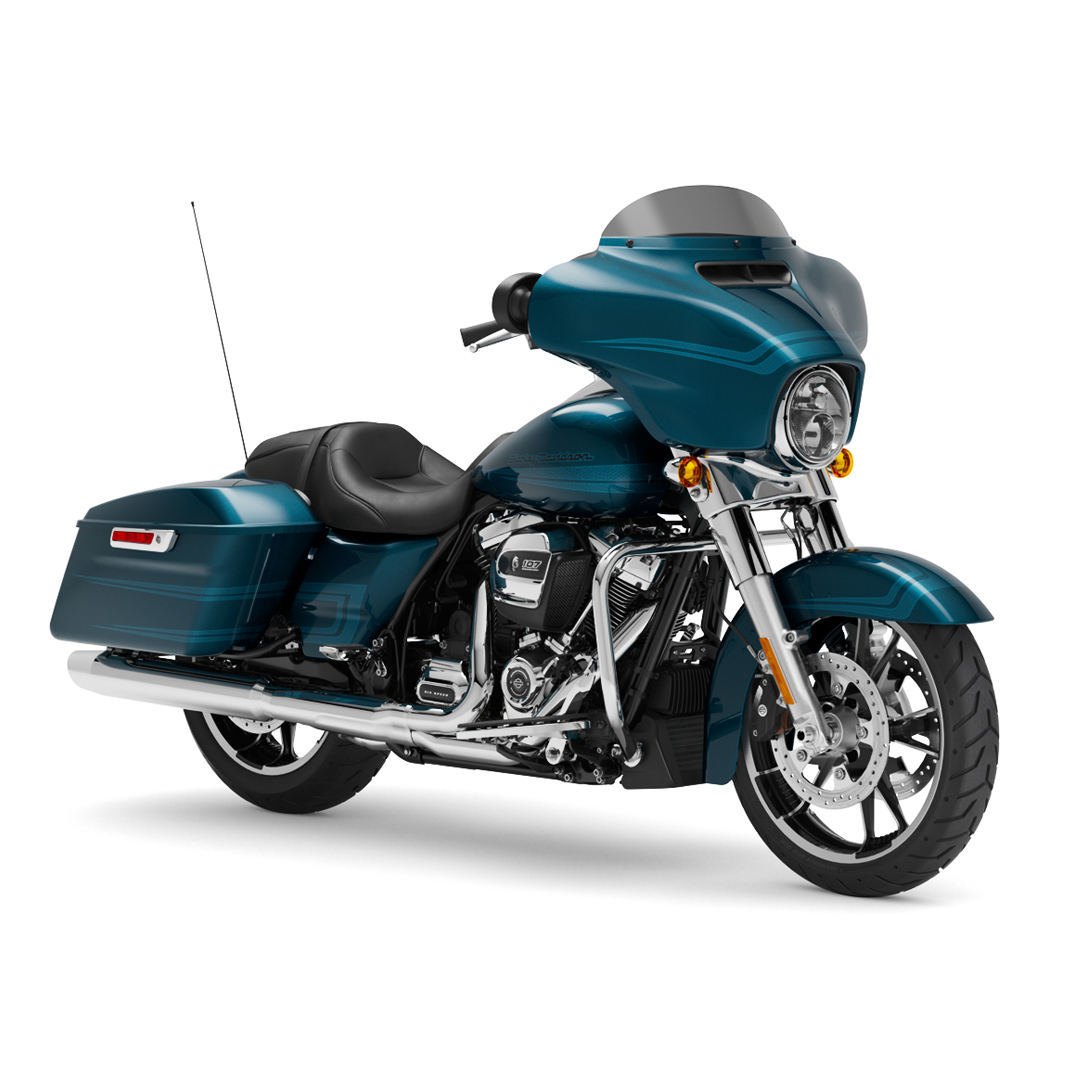
Before “Digital Twin” was a buzzword, Clutch Studios was already building and managing libraries of CG assets and materials for clients, one of the biggest being Harley-Davidson.
At the time, H-D had over 40 different motorcycles, each available in multiple paint colors with unique graphics and emblems. It was a massive, complex catalog to manage.
When I joined Clutch, the team was using Modo and a destructive, labor intensive workflow. I led the transition to Maya/Vray and built a data-driven file management system that let us drop any bike into any scene with render layer overrides that handled paint and part variations.
This slashed the hours needed for the project and made it easier to involve artists that didn't have H-D specific product knowledge. In my first model year, Clutch delivered over 18,000 unique images to Harley-Davidson.
Before “Digital Twin” was a buzzword, Clutch Studios was already building and managing libraries of CG assets and materials for clients, one of the biggest being Harley-Davidson.
At the time, H-D had over 40 different motorcycles, each available in multiple paint colors with unique graphics and emblems. It was a massive, complex catalog to manage.
When I joined Clutch, the team was using Modo and a destructive, labor intensive workflow. I led the transition to Maya/Vray and built a data-driven file management system that let us drop any bike into any scene with render layer overrides that handled paint and part variations.
This slashed the hours needed for the project and made it easier to involve artists that didn't have H-D specific product knowledge. In my first model year, Clutch delivered over 18,000 unique images to Harley-Davidson.

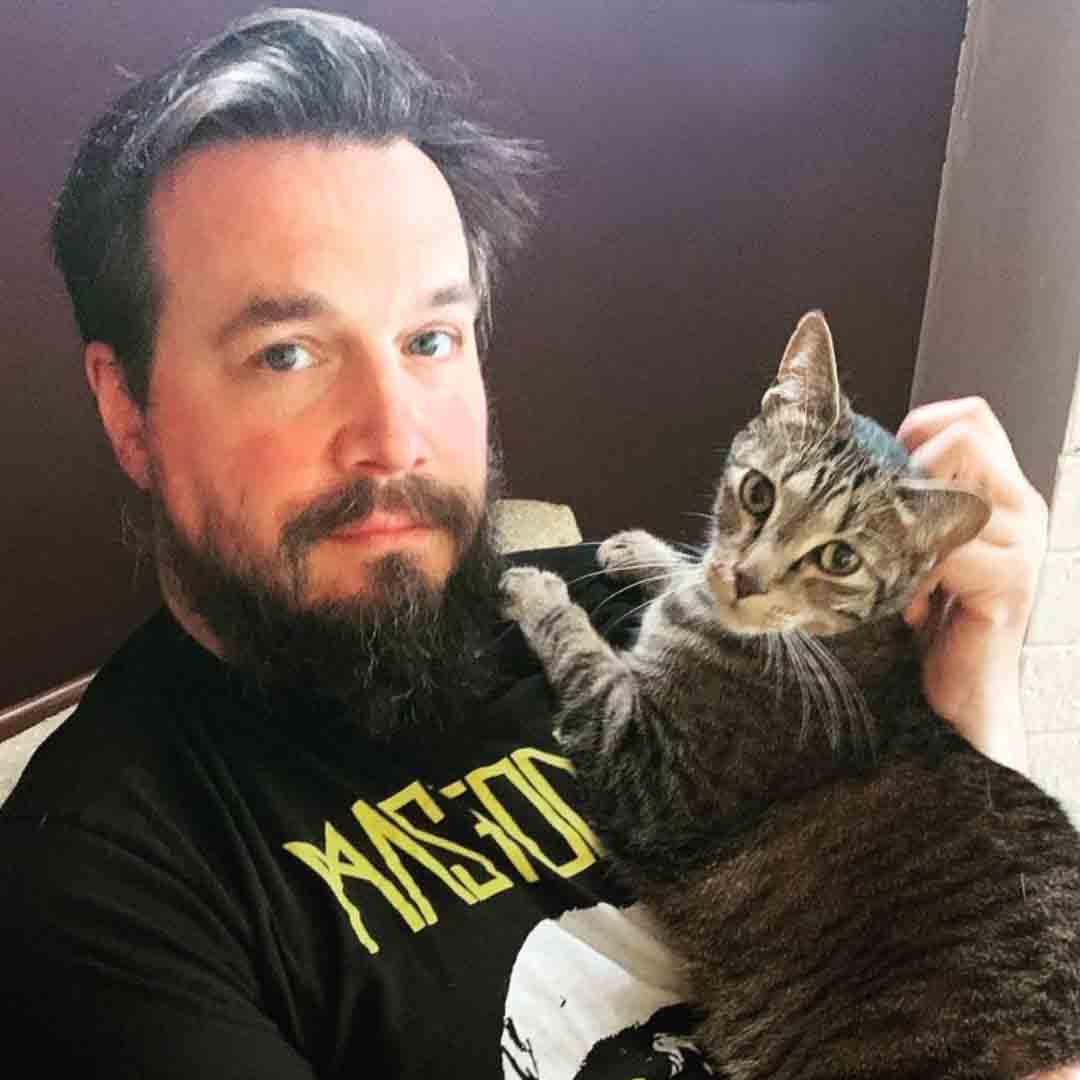
Brendan leads and collaborates with teams to develop innovative solutions to complex visual problems.
About Brendan
Based in beautiful yet tempestuous Chicago, Brendan lives with his wife Sofia, dog Pepper, and cat Brendan Junior (pictured).
Brendan enjoys fixing up old things, spending time on the water, eating delicious food and listening to, playing and talking about Metal.
Software Expertise
- Houdini
- Substance
- Maya
- Python
- Unreal
- Nuke
- Adobe CS
- WebGL
- Redshift
- Vray

